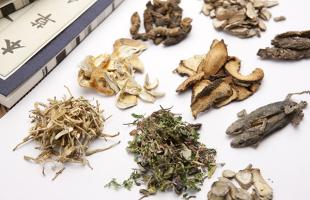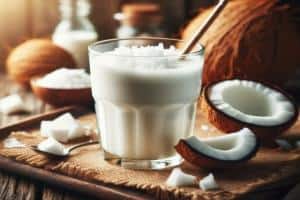Difference between Dry granulator and Wet granulator
Granulation is a process in pharmaceutical manufacturing that involves the formation of granules from powder or other materials. Granulation is an essential step in the production of tablets, capsules, and other solid dosage forms. Two common types of granulators used in the pharmaceutical industry are dry granulators and wet granulators. In this article, we will discuss the difference between dry granulator and wet granulator and their applications in pharmaceutical manufacturing.
Dry granulators are machines used to form granules without using liquid. The process involves compressing the material between two rollers that rotate in opposite directions. The compression forces the material to form into granules of a specific size and shape. The granules produced by dry granulators are generally harder and denser than those produced by wet granulators.
Dry granulators are ideal for materials that are sensitive to moisture or heat. They are also suitable for materials that do not dissolve in water or other solvents. Examples of materials that can be processed using dry granulation include paracetamol, aspirin, and other active pharmaceutical ingredients.
Wet granulators are machines used to form granules using liquid. The process involves mixing the powder with a liquid binder to form a wet mass, which is then passed through a screen to form granules of a specific size and shape. The granules produced by wet granulators are generally softer and more porous than those produced by dry granulators.
Wet granulators are ideal for materials that are difficult to compress or require a binder to hold the granules together. They are also suitable for materials that dissolve in water or other solvents. Examples of materials that can be processed using wet granulation include antibiotics, vitamins, and other active pharmaceutical ingredients.
Difference between Dry Granulator and Wet Granulator
- Process: The main difference between dry granulator and wet granulator is the process used to form granules. Dry granulators compress the material without using a liquid binder, while wet granulators mix the material with a liquid binder to form a wet mass.
- Granule Properties: The granules produced by dry granulators are generally harder and denser than those produced by wet granulators. The granules produced by wet granulators are generally softer and more porous.
- Material Suitability: Dry granulators are ideal for materials that are sensitive to moisture or heat and do not dissolve in water or other solvents. Wet granulators are ideal for materials that are difficult to compress or require a binder to hold the granules together and dissolve in water or other solvents.
- Equipment: Dry granulators are generally less complex than wet granulators and require less equipment to operate. Wet granulators require additional equipment to mix the material with the liquid binder and remove excess moisture.
In conclusion, both dry granulators and wet granulators are essential machines in pharmaceutical manufacturing. The choice between dry granulation and wet granulation depends on the material being processed, the properties of the desired granules, and other factors. Dry granulators are ideal for materials that are sensitive to moisture or heat, while wet granulators are ideal for materials that require a binder to hold the granules together and dissolve in water or other solvents.







